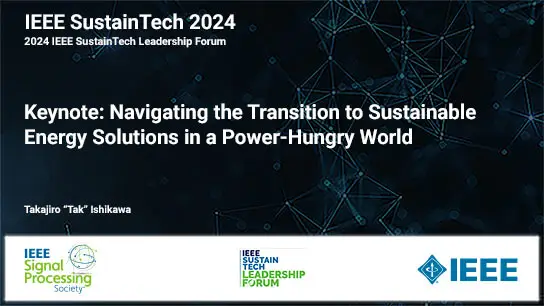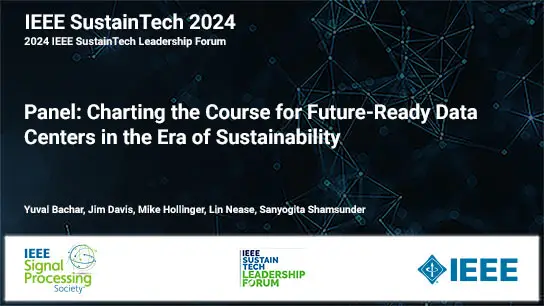Learning Mixed Membership From Adjacency Graph Via Systematic Edge Query: Identifiability And Algorithm
Shahana Ibrahim, Xiao Fu
-
Members: FreeSPS
IEEE Members: $11.00
Non-members: $15.00Length: 00:15:02
10 Jun 2021
Graph clustering is a core technique for network analysis problems, e.g., community detection. This work puts forth a node clustering approach for largely incomplete adjacency graphs. Under the considered scenario, instead of having access to the complete graph, only a small amount of queries about the graph edges can be made for node clustering. This task is well-motivated in many large-scale network analysis problems, where complete graph acquisition is prohibitively costly. Prior work tackles this problem under the setting that the nodes only admit single membership and the clusters are disjoint, yet multiple membership nodes and overlapping clusters often arise in practice. Existing approaches also rely on random edge query patterns and convex optimization-based formulations, which give rise to a number of implementation and scalability challenges. This work offers a framework that provably learns the mixed membership of nodes from overlapping clusters using limited edge information. Our method is equipped with a systematic edge query pattern, which is arguably easier to implement relative to the random counterparts in certain applications, e.g., field survey based graph analysis. A lightweight scalable algorithm is proposed, and its performance characterizations are presented. Numerical experiments are used to showcase the effectiveness of our method.
Chairs:
Elvin Isufi



